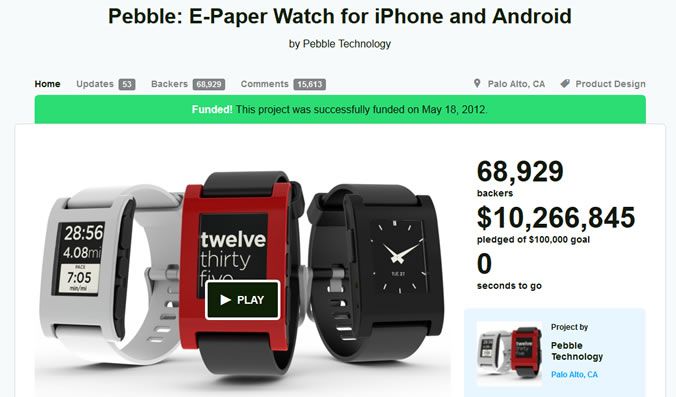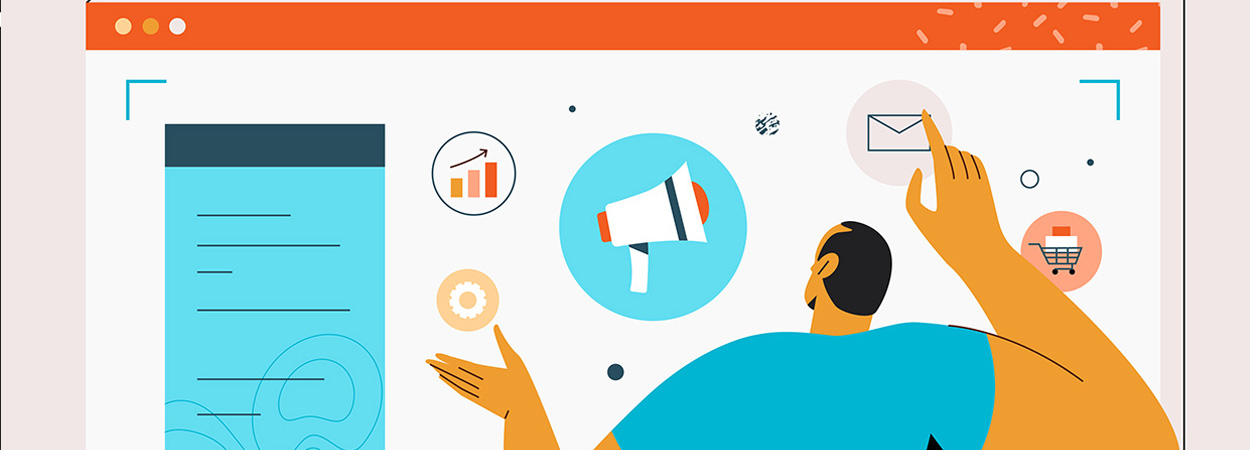Minimum Viable Product for Growth Hacking – Explained


When developing a product or startup, you want to do it as fast, easy, and cheap as possible. How do you achieve that? You begin with a minimum viable product.
An MVP is a product that you only equip with the core features necessary to deploy, and no more. You typically want to release the product to one or several small groups of your possible customers – such as the early adopters.
Minimum, viable, and minimum viable
When talking about MVP, it is important to address the differences so that you know exactly where the minimum viable product stands within the borders:
Minimum – the product is so bad that people will not want to use it.
Minimum viable – it is only minimum enough to solve problems that users have.
Viable – is the product you want to build; it is fast, optimal, and has a professional look.


In the chart above, we see that one can achieve a perfect balance between the minimum and viable to build a basic functional product which can then be used to test the waters in the market. Here is an example:
Problem – people are having trouble finding apartments.
Viable – a fast web platform with landlord user profiles, notifications, messaging, search, and so on.
Minimum viable – a Google Docs free list that has been organized, manually showing offers from classified ads around the region in question, as well as apartment description, photos, and contact details.
Benefits of building a minimum viable product
1. Save on time and money and get a high ROI at low risk
Focusing on the main features of your product during its first stage of production saves your company time, cost, and effort needed to kick off. Rather than taking too much time in coming up with a. Final product that may not live up to your expectations, you are better off speeding up the process by releasing a minimized version on the market.
If it becomes successful, the ROI will be rewarding, and you can invest in the final thing with confidence. And, if it doesn’t do well, the company can choose to improve the product or bury it without having to incur further losses in expenditure and time.
2. Find early adopters
These are the trendsetters for your product, and you need to identify them because they are the ones who will be eager to point out the problems so that you can make corrections.
They enable you to learn what features will become useful, validate your product assumptions, and form more effective marketing campaigns.
3. Learn what your customers want as soon as possible
Showing your product the potential customers as soon as you have some functional version of it helps you understand their needs better. You’ll get feedback quickly, be more equipped to define a marketing campaign, and your project will be easier to scale because you know who you’re targeting.
What’s more, when you go on to develop the final version, it will be something the market truly wants.
4. Speed up the learning curve for your team
A good growth hacker learns as fast as possible, and most of these lessons can’t be achieved through research and testing inside the company. You learn by testing the product under real market conditions, which means the faster, the better. Beginning with an MVP enables the team to get more conversant with the product and the market, and use feedback from the consumers to improve future versions.


Minimum viable product case studies
Dropbox
When it was founded back in 2007, DropBox had to go up against other file-sharing applications that were already in the market. One loophole they identified was that the existing products could not run on different platforms, which was why they were not widely adopted. The company thought if they came up with a user-friendly app that could be adopted on many platforms, they would get many consumers.


To validate this assumption, they developed a demo and published it so they could attract interested users to sign up for product information. Thousands of users soon supported their proposition and they started building the real deal.
Pebble Watch
This company wanted to make an affordable smartwatch. But how do you compete against existing brands such as Apple and Google who have deep pockets? You crowdfund.
Before building the product, they shared their ideas with the crowd on Kickstarter in the form of videos and pictures of the watches. If anyone was interested, they could use the page as a pre-order form. They would deliver the watches within a specified period if their campaign goal of raising $100,000 was reached.


To their surprise, they got over $10M worth of pledges. Their first campaign was in 2012. In 2015, they did the same and doubled their funds this time (over 20M dollars). They hold the record for the most funded campaign on Kickstarter today.
The advantage of using such an approach is that you get to avoid getting in bed with venture capitalists who might rob you off most of the control of your product. One little advice though, make a point of clicking Kickended to see people who didn’t get anywhere on Kickstarter.
Learn about both the winners and losers before you start a crowdfunding campaign and also be keen to deliver your promises.
Zappos
Nick Swinmurn started this online shoe store in 1999 with a classic MVP approach that Lean Startup Methodology calls the ‘wizard of Oz’. His online shoe store, which is among the very first, did not have any warehouse or any shoes in stock.
If a customer placed an order he would buy a pair from the local shoe store and send it by himself. This meant that his website was only there to make a good impression and attract customers. Presently, however, it is the largest online store.


Bottom line
There is no single sure way for coming with an MVP or for launching one. It highly depends on the nature of your business. The ideas can be as unique as your level of creativity. Remember, it’s not about building a useless version but rather one that focuses on what’s most important. And even after developing a minimum viable product, you still have to continue balancing priorities through the entire lifecycle of your business.









